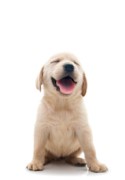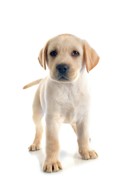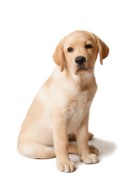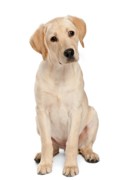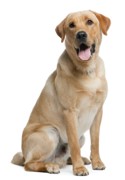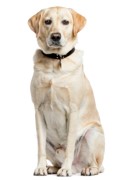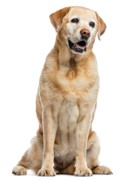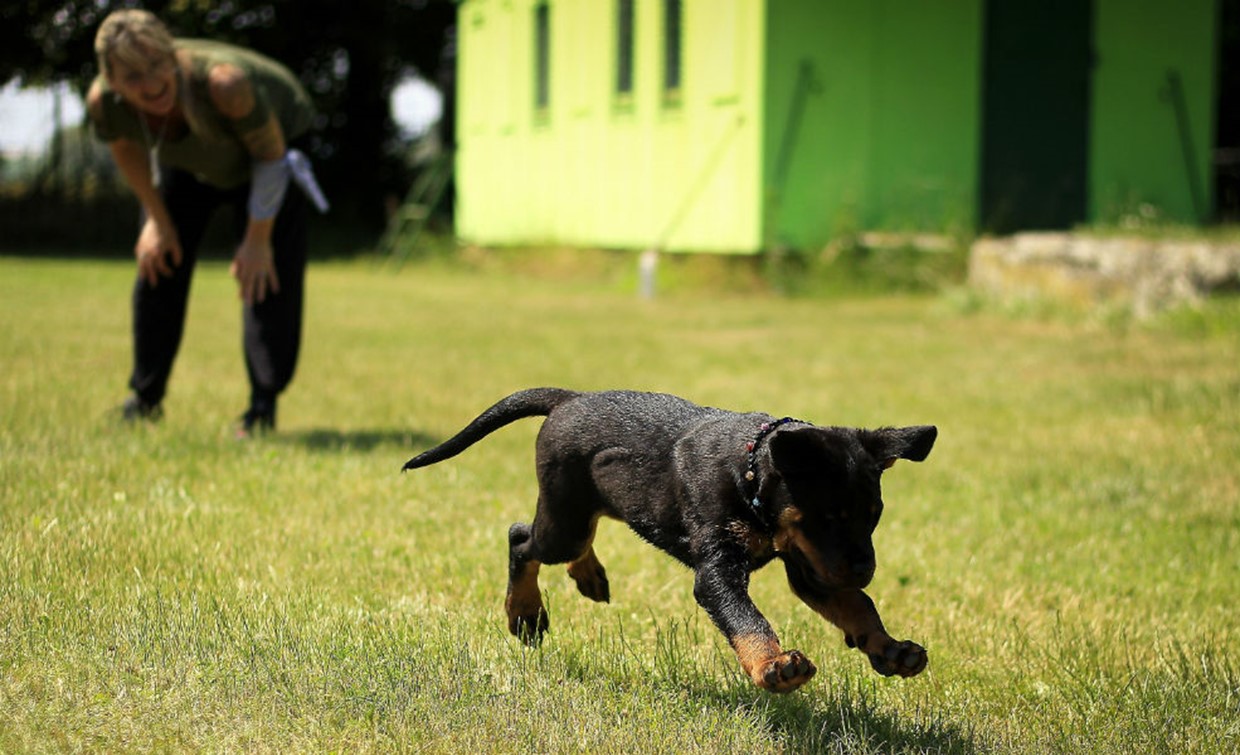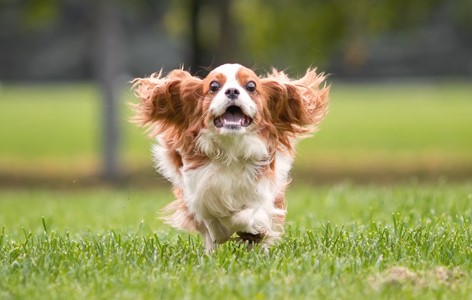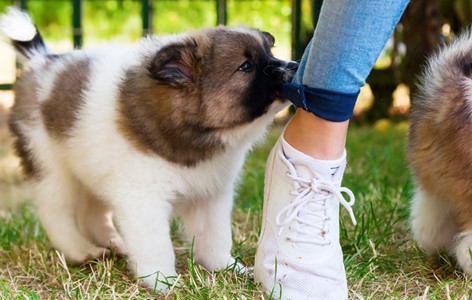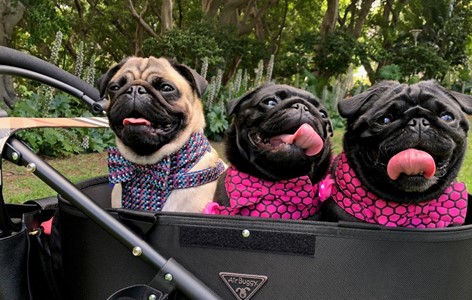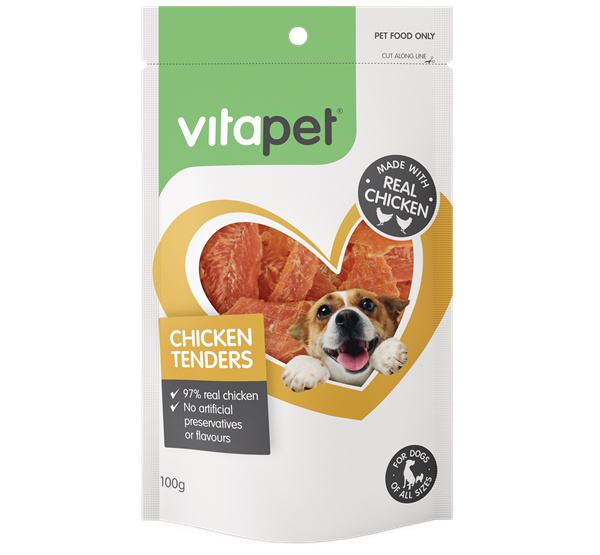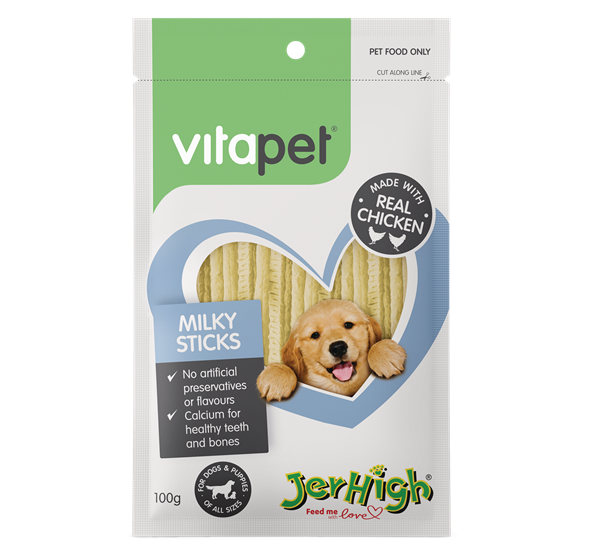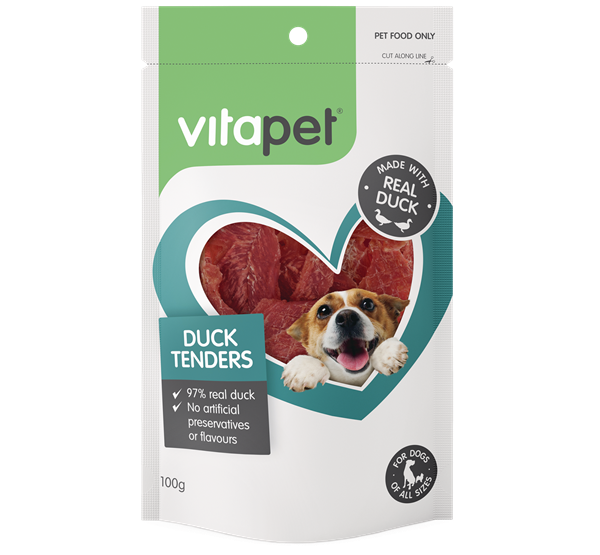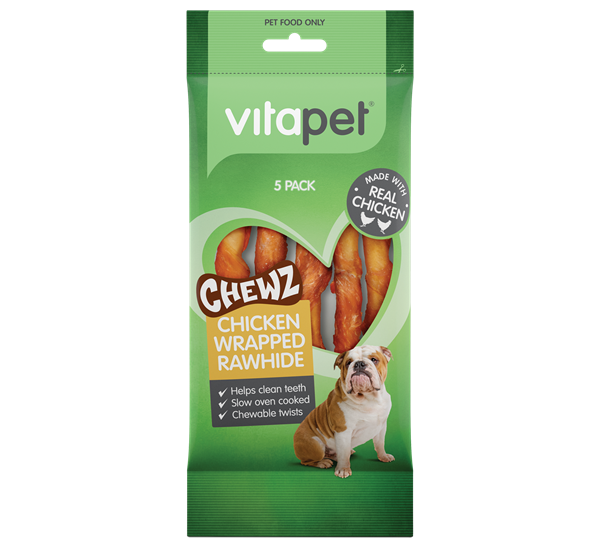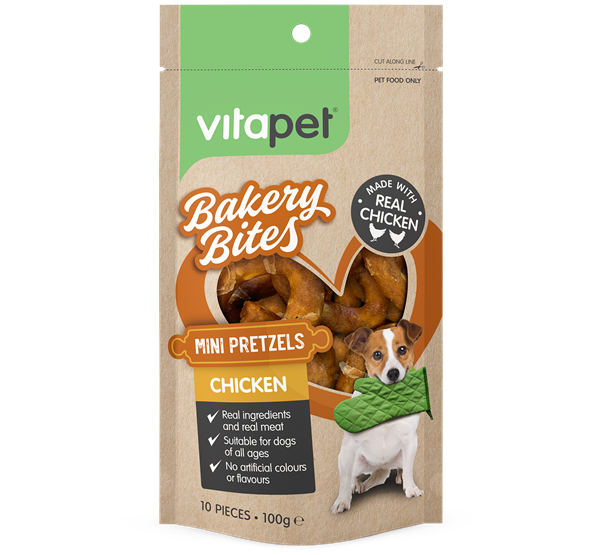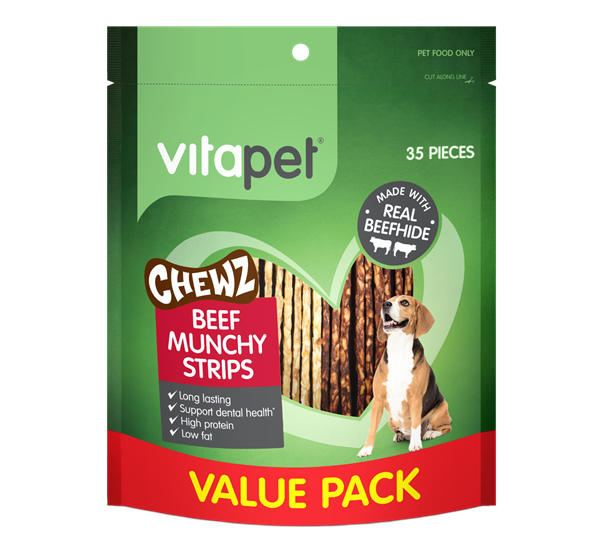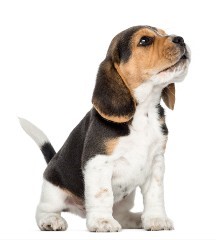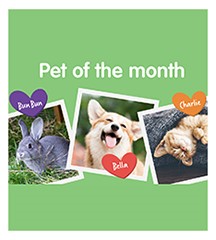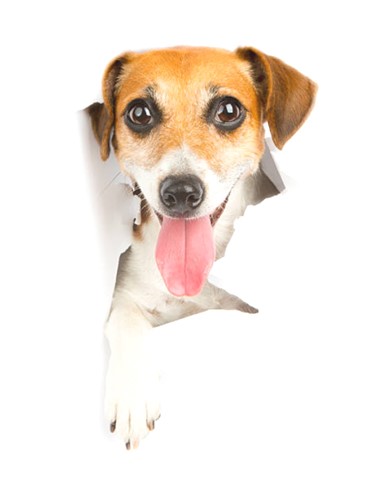To train your dog effectively, you’ll need to understand their values and work out what they respond to best. Every pet is different, and while some might do anything for a tasty treat, others may prefer to be rewarded with their favourite toy. Read on to find out what to look for in a great training treat and how you can determine which kind of incentive might work best for your furry mate.
Why use rewards for training?
Training is a great way to bond with your dog. It helps you communicate with one another, which is important as you build your relationship. The trick to reward-based training is to focus on good behaviour and reward it when you see it.
This form of training is known as positive reinforcement and always works best as it encourages your dog to do the right thing without any negative consequences. Think of the reward as their payment for a job well done. This way, training is not only effective, but can also be a lot of fun for both dog and owner.
Treats as rewards
It’s no secret that dogs love food, so treats are generally a great training reward. The process is relatively straightforward: keep the treat out of your dog’s line of sight, ask for a behaviour, then reward them as soon as they respond correctly – ideally, within 1-2 seconds.
When first starting out or teaching a new trick, give them a treat every time they do the right thing. As you both become more confident in the task, you can start using other methods in lieu of a food reward to reduce the amount of treats you feed your dog. This way, you can avoid spoiling their everyday meals or overfeeding them. However, an occasional reward is a good springboard for tackling the next, more challenging trick or lesson.
Once you’re less reliant on treats, you can move to rewarding your dog with praise or a pat. If you’d like to give treats every time, that’s fine. Just be sure to watch their calorie-count and not to become fixated on them. Good behaviour should become the norm and treats a healthy reminder that we’re on the right track.
The perfect training treat
There are a few things to remember when choosing the best treat to take on the function of a training reward:
- Make them delicious. A treat should be just that – a treat! Choose something your dog loves and they will do anything to get some. There are plenty of options on supermarket and pet store shelves, however, natural, healthy treats with real ingredients and no artificial additives are best. It might be a good idea to alternate your treats regularly, so your dog doesn’t get bored.
- Make them quick to eat. A training treat should be quick to chew and swallow so you can keep the session moving. While they’re great to occupy in quiet times, this is not the time for chewing on rawhide chew.
- Make them small. Training can take some time, so you can end up giving your dog a lot of treats. That’s why it’s important that your treats are small, so your dog doesn’t overly exceed their daily food intake. You can always break treats down into a smaller, more training-appropriate size.
Using toys for training
If your dog seems unenthused by treats, they may prefer an alternative reward, like a ball or a favourite toy. Fortunately, there’s an easy way to find out:
- Get a few of their favourite toys plus a selection of tasty treats and lay them all out on the ground in a straight line.
- On your command, let your dog go and explore the rewards.
- There you have it! Generally, the first one they pick is their favourite and is likely to work best as a training reward.
If you’re not sure, try this process a few more times and you should see a pattern emerge.
But what’s the difference between playing with a toy and training with one? First, it can be a good idea to keep a few toys aside specifically for reward purposes. If they can play with it anytime they like, they’re likely to be less motivated to work for it.
You need to find the type of toy your dog enjoys most. For example, if they love the squeak, allow them to chew on a squeaker toy as a reward. If they love to fetch, throw their ball when they nail a request from you. And If they love to play tug-of-war – well, you get the idea.
Here are a few steps to have in mind when training with a toy:
- Similar to food rewards, hide the toy as you start and ask your dog to complete the desired behaviour.
- Once your dog has successfully completed the task, bring out the toy and allow them to play for a few seconds.
- Ask them to ‘drop it’.
- Restart the routine.
Most importantly, let’s remember that this part of dog ownership is where the fun is at! Chances are, your dog will love the training and time with you even more if they can sense your excitement.




